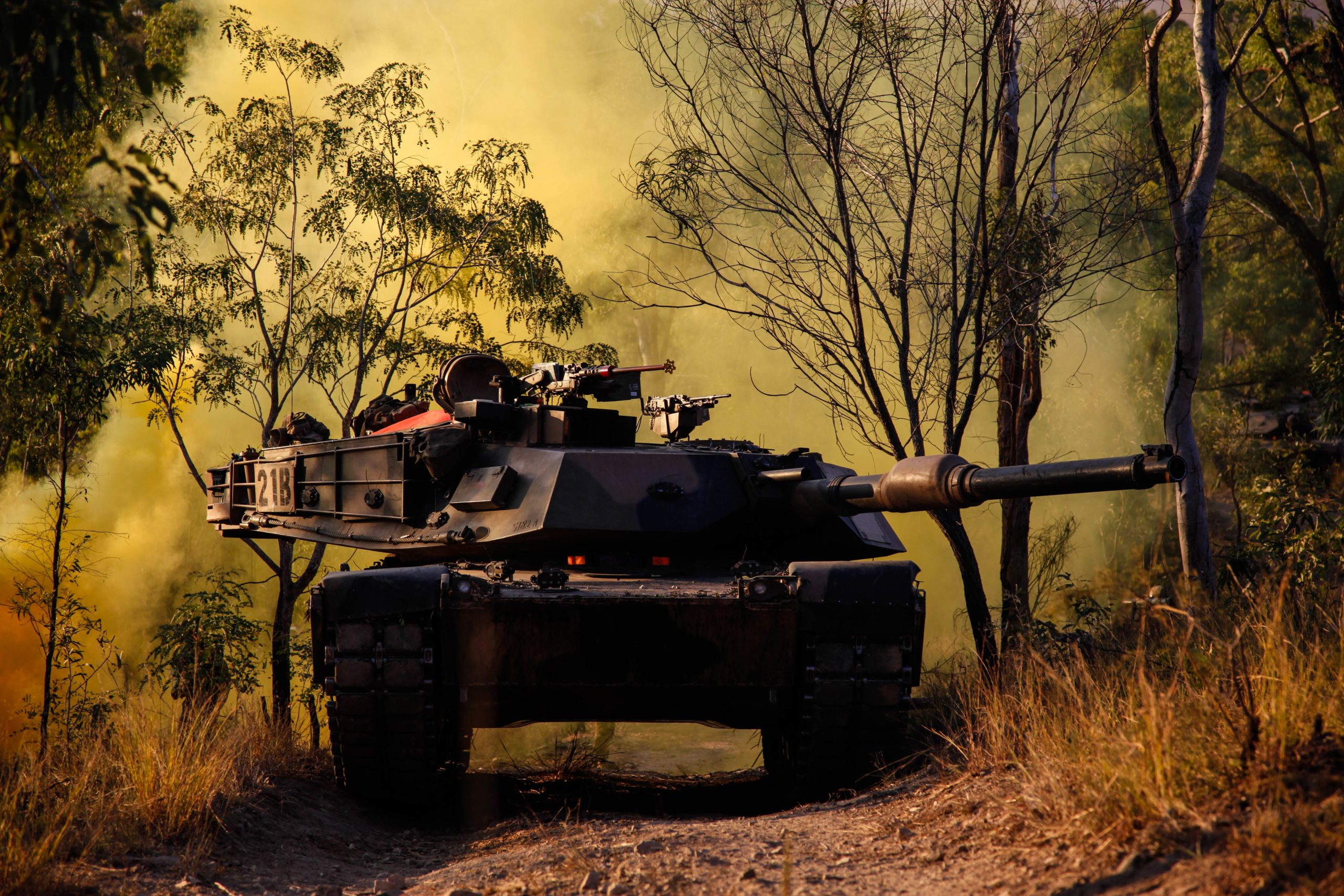
An image released on September 14 has substantiated reports from Russian sources regarding the capture of an M1A1 Abrams tank belonging to the Ukrainian Army amid ongoing conflict. This particular tank, an up-armored variant, is equipped with Soviet-designed Kontakt-1 explosive reactive armor, along with additional locally implemented protective features. It appears to have been rendered inoperative.
This revelation comes on the heels of confirmed losses of two other M1A1 tanks, with images of these losses surfacing less than a week earlier. The first tank was reported lost near Volchye in the Pokrovsk sector of the contested Donbas region, while the second fell near the settlement of Berdychi. Additionally, footage emerged a week prior showing another Abrams tank, significantly damaged, being towed away by Russian forces near the strategically critical town of Avdiivka, alongside a Leopard 2A6 tank.
Recent assessments indicate that Ukrainian forces are experiencing a concerning rate of Abrams tank losses. This trend follows a substantial loss period from late February to mid-April, with the tanks first appearing on the battlefield on February 23, and the first confirmed loss occurring shortly thereafter. In April, these vehicles were temporarily withdrawn from frontline operations for upgrades to enhance their protection.
Of the 31 Abrams tanks supplied to Ukraine, over 20 are now believed to be destroyed, disabled, or captured. Many of these losses have been documented, primarily attributed to guided artillery strikes or ‘kamikaze’ drones. Notably, one tank was confirmed destroyed in direct engagement with a Russian T-72B3.
Interviews with Ukrainian personnel in Western media reveal dissatisfaction with the Abrams tanks, citing technical vulnerabilities such as the sensitivity of electronic components to moisture and their increased susceptibility to enemy fire. The tanks’ considerable size reportedly renders them easier targets compared to Ukraine’s Soviet-era T-80s and T-64s, which possess smaller profiles and tend to draw less fire.
Overall, the M1A1 Abrams tanks delivered to Ukraine are encountering significant operational challenges on the battlefield, which are adversely impacting their effectiveness.
A critical challenge facing the M1A1 Abrams tanks is their susceptibility to contemporary Russian warfare strategies, particularly drone strikes. The precision and relentless assault capabilities of Russian FPV drones present a significant threat, contributing to the rapid loss of several Abrams tanks shortly after their deployment. Ukrainian forces report that these tanks, lacking the advanced Chobham armor found in later models, are particularly vulnerable to drone attacks, making them prime targets for destruction.
Moreover, the Abrams tanks depend on complex electronic systems, which have proven ineffective in the challenging Ukrainian combat environment. Crews have experienced issues with internal condensation, impairing vital systems such as fire control and communications, leading to malfunctions and isolating the tanks on the battlefield. Environmental factors, including rain and fog, have further disrupted electronic operations, compromising navigation systems and producing unreliable data for operators.
The design of the Abrams is oriented towards NATO-style warfare, which emphasizes combined arms operations with strong artillery and air support—elements that Ukraine currently lacks. Consequently, some of these tanks have been withdrawn from frontline engagements due to the increasing threat from Russian kamikaze drones. Ukrainian crews have attempted to enhance protection by adding makeshift armor, but these modifications have not fully mitigated the tanks’ inherent vulnerabilities. Analysts suggest that the Abrams tanks, designed for different combat scenarios, are not ideally suited to the current conditions on Ukraine’s battlefields.
On February 21, 2022, Russia claimed that its border facility was attacked by Ukrainian forces, resulting in the deaths of five Ukrainian soldiers. Ukraine swiftly dismissed these allegations as ‘false flags.’ On the same day, Russia officially recognized the self-proclaimed Donetsk People’s Republic (DPR) and Luhansk People’s Republic (LPR), with President Putin asserting that this recognition extended to all Ukrainian regions. Following this declaration, a battalion of Russian military forces, including tanks, was dispatched to these areas.
The situation escalated on February 24, 2022, when Putin ordered a substantial military offensive against Ukraine. This operation, led by Russia’s formidable Armed Forces positioned along the Ukrainian border, was not spontaneous but rather a premeditated action. Despite the clear indicators of warfare, the Russian government continues to refer to the situation as a “special military operation.”





